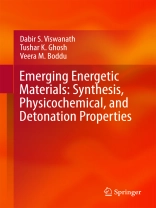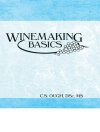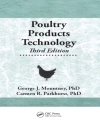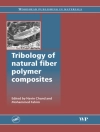This book summarizes science and technology of a new generation of high-energy and
insensitive explosives. The objective is to provide professionals with comprehensive
information on the synthesis and the physicochemical and detonation properties of
the explosives. Potential technologies applicable for treatment of contaminated waste
streams from manufacturing facilities and environmental matrices are also be included.
This book provides the reader an insight into the depth and breadth of theoretical
and empirical models and experimental techniques currently being developed in the
field of energetic materials. It presents the latest research by Do D engineers and
scientists, and some of Do D’s academic and industrial researcher partners. The topics
explored and the simulations developed or modified for the purposes of energetics may
find application in other closely related fields, such as the pharmaceutical industry.
One of the key features of the book is the treatment of wastewaters generated during
manufacturing of these energetic materials.
Mục lục
Properties of Insensitive Energetic Materials and their measurement.- Hexanitrohexaazaisowurtzitane (HNIW, CL-20).- Diamino-2, 2-dinitroethylene (DADE, FOX-7).- Dinitroanisole (DNAN).- 5-Nitro-2, 4-Dihydro-3H-1, 2, 4-Triazole-3-One [NTO].- Hexanitrostilbene (HNS).- N-Methyl -4-nitroaniline (MNA).- 1-azido-2-nitro-2-azapropane (ANAP).- 1, 3, 5-Triamino-2, 4, 6-Trinitrobenzene (TATB).- Triacetone Triperoxide (TATP).- 1, 3, 3-Trinitroazetidine (TNAZ).
Giới thiệu về tác giả
Dabir S. Viswanath, Ph.D. (Univ. of Rochester), AICh E Fellow, has taught at Bucknell University, the Indian Institute of Science, Texas A & M, and the University of Missouri, Columbia, MO. He has advised over 50 graduate students, and has published over 140 peer-reviewed papers and four American Petroleum Institute monographs. He co-authored the works Data Book on the Viscosity of Liquids [Hemisphere, 1989], Liquid Viscosity [Springer, 2006], and Scientific and Technological Aspects of Terrorism and Counter Terrorism [CRC Press, II Ed. 2009].
Tushar K. Ghosh, Ph.D. (Oklahoma State Univ.) is a Professor of Nuclear Eng. at the Univ. of Missouri-Columbia. His research interests include developing sensors for chemical and biological agents, spent fuel reprocessing, and theoretical and experimental investigation of nuclear materials. He has published more than 100 journal articles, holds six patents and has authored several books, including: Indoor Air: Quality and Control, Prentice Hall, 1993; Viscosity of Liquids: Theory, Estimation, Experiment, and Data, Springer, 2006; and Energy Resources and Systems: Vol. 2- Renewable Energy Sources, Springer, 2011.
Veera Mallu Boddu, Ph.D. (Univ. of Missouri), AICh E Fellow, is the Research Leader for the Plant Polymer Research Unit, National Center for Agricultural Utilization Research, USDA in Peoria, IL. Prior to joining the USDA, he was a Senior Scientist with the US Army Engineer Research and Development Center (ERDC-CERL) in Champaign, IL, and has published extensively on the thermophysical properties of high-energy explosives and insensitive munitions, as well as environmental technologies. He has co-edited two books: Energetic Materials: Thermophysical Properties, Predictions, and Experimental Measurements, CRC Press, 2010; and Energetic Materials: From Cradle to Grave, Springer, 2017.












